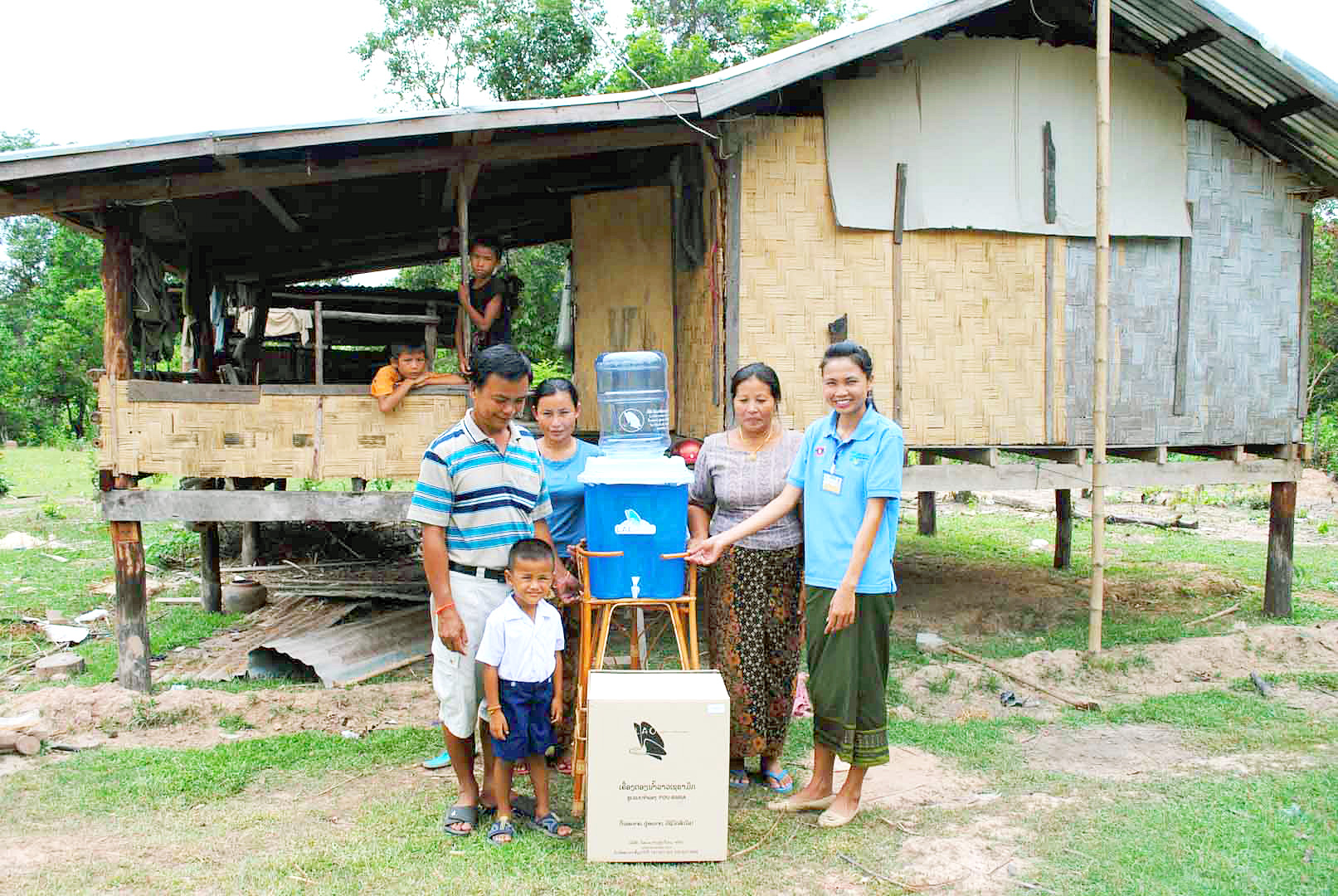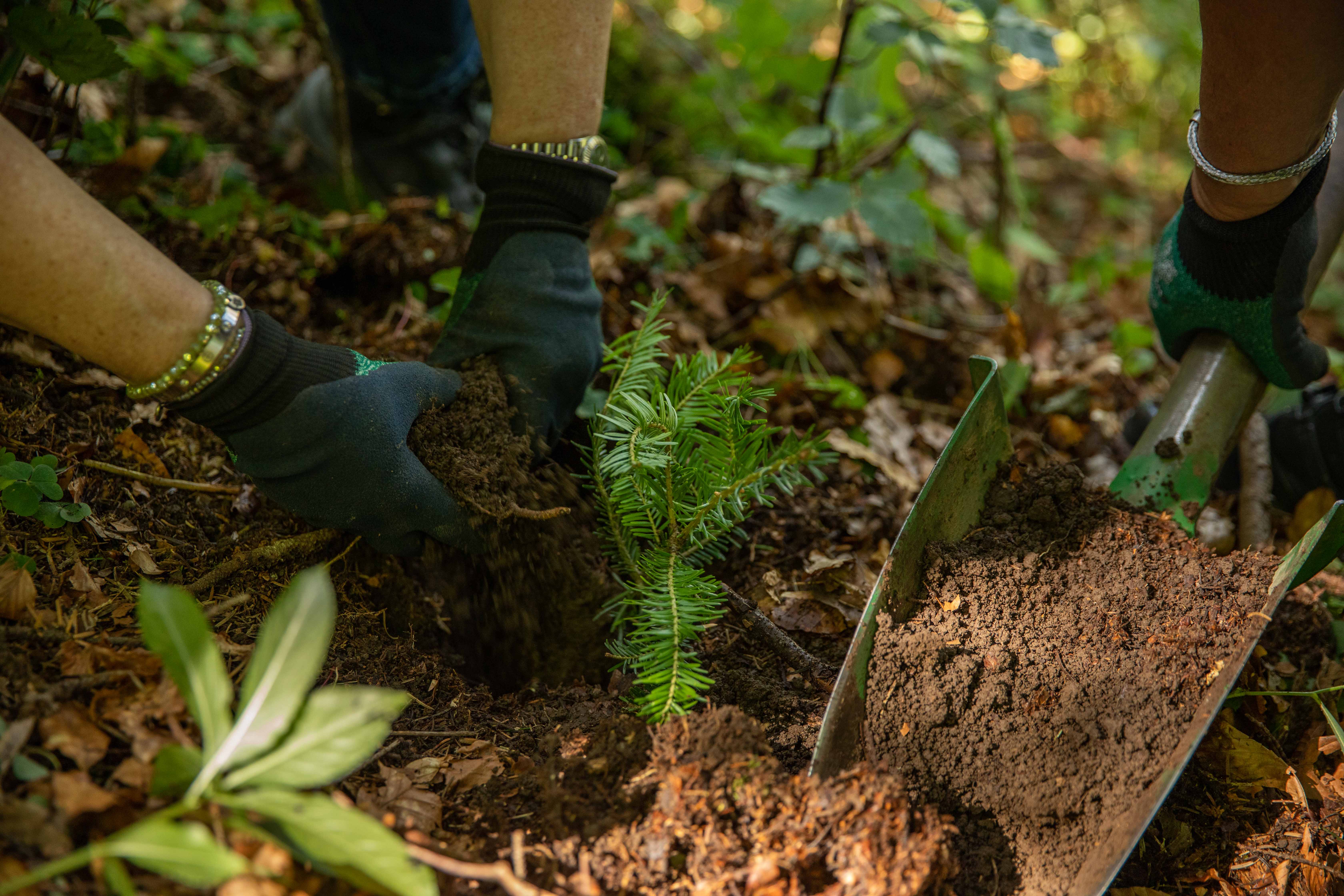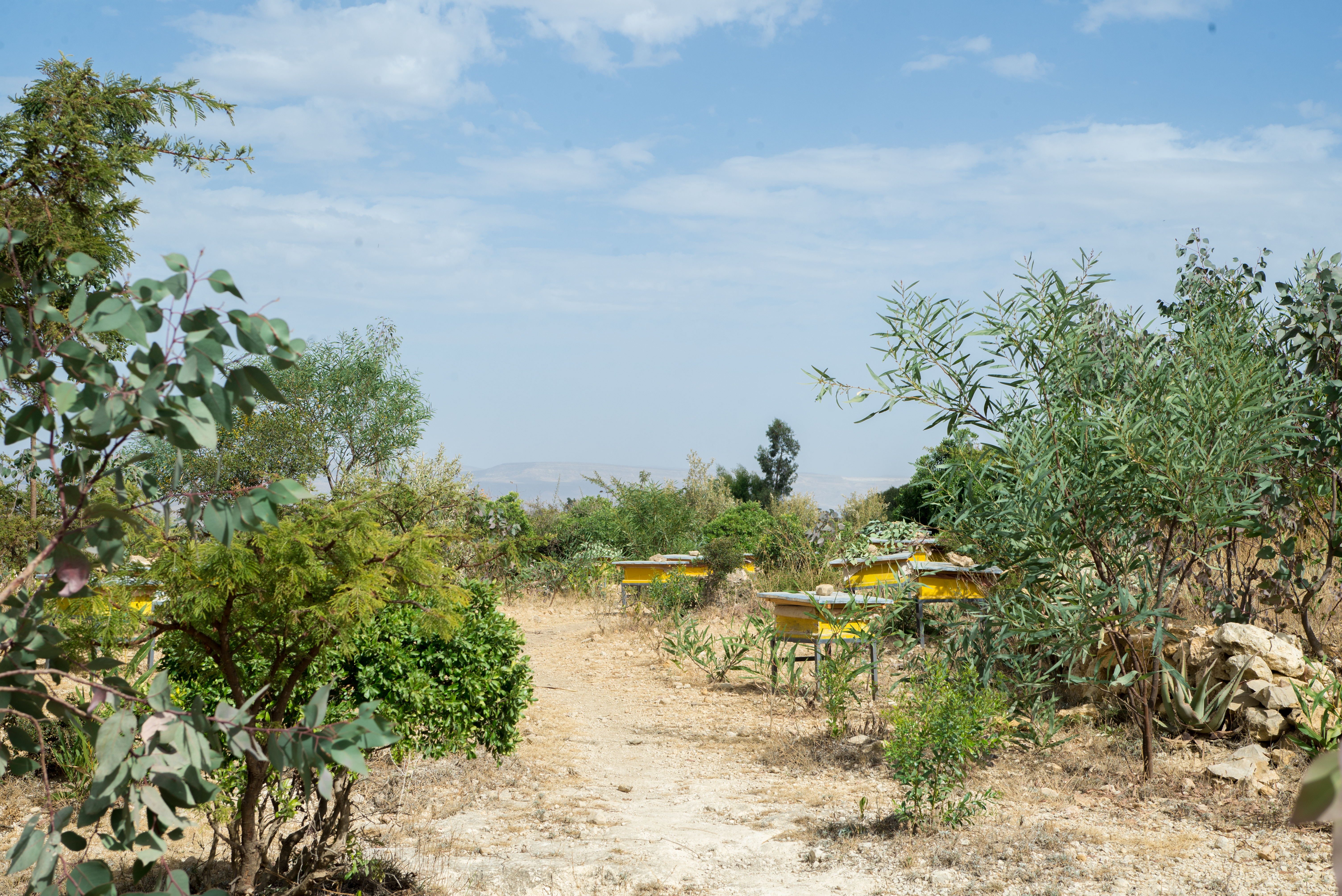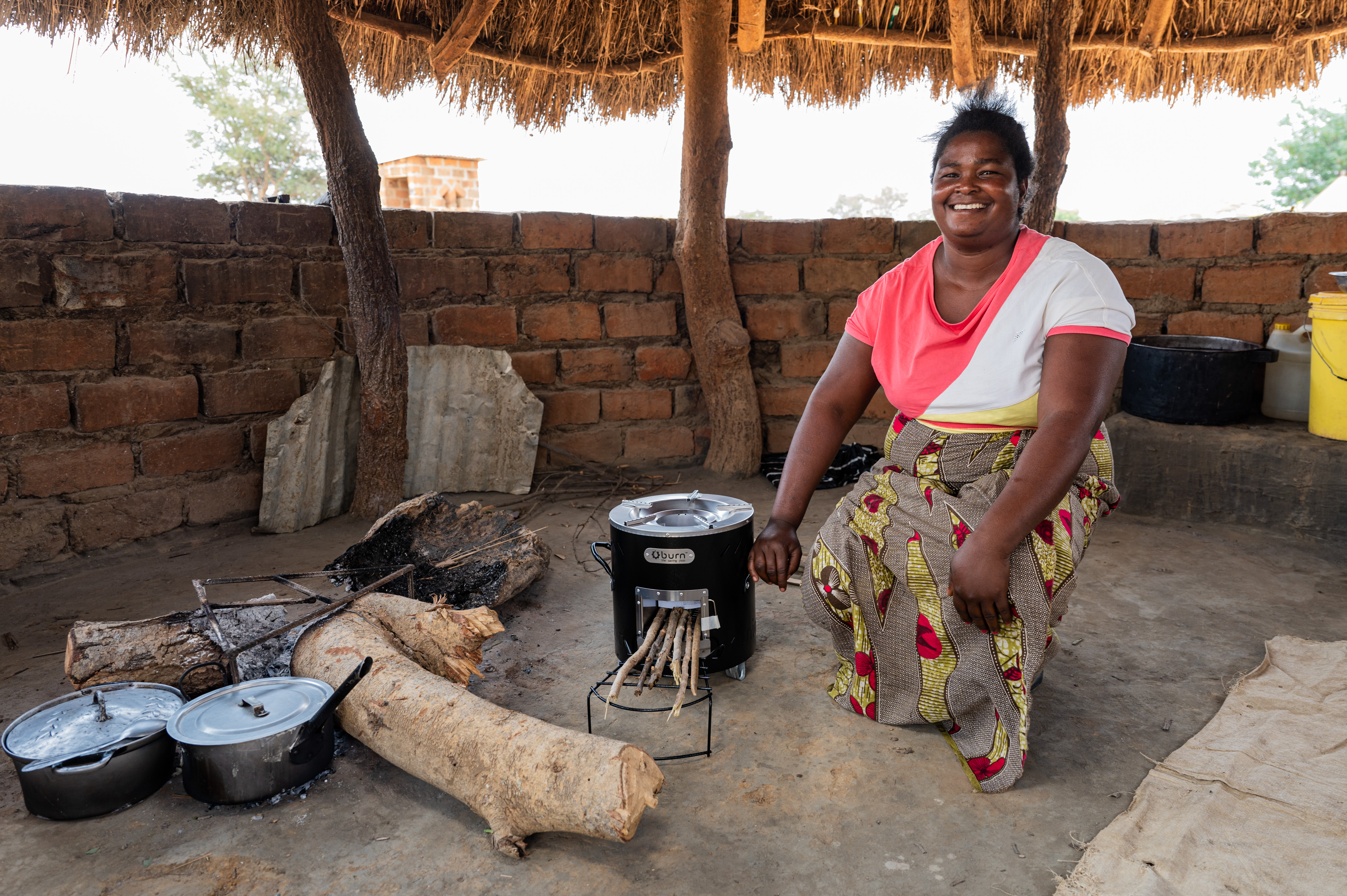Clean water for healthy families in Kenya
The project gives many households in rural Kenya easy and cheap access to clean drinking water. In order to kill germs, people had to boil the water and used a lot of firewood. The water filters do not need any electricity or operating materials. Thanks to the project, the amount of firewood required is reduced, leading to significant CO2 savings. Contaminated drinking water poses a significant risk to the health of rural communities in Kenya. According to the World Health Organization, diarrhoeal diseases are the third leading cause of death for children and adults. The project improves people's health by providing clean drinking water and at the same time avoiding smoke from cooking.
3.6 million people in Western Kenya currently have water treatment units and use them regularly. 3,169 water treatment units and 4,175 filters were replaced between November 2012 and January 2014.

According to UNICEF, 2.2 billion people worldwide lack reliable access to safe and clean drinking water – 26% of the global population. Women and girls often must travel long distances to collect water from the nearest water point. To make the water safe for use, it is typically boiled over open fires using wood, which generates carbon emissions and harmful smoke. Additionally, the collection of firewood contributes to deforestation.
Climate projects for clean drinking water offer practical solutions. Water can be treated chemically (e.g., with chlorine-based purifiers), mechanically (e.g., with water filters), or through tapping groundwater from wells. For this, wells must be repaired, maintained, or newly installed, as only functioning wells provide clean drinking water. These solutions grant even remote villages access to safe water.
Such projects also reduce carbon emissions by eliminating the need to boil water and help combat deforestation. The clean drinking water projects in ClimatePartner's portfolio are registered with international standards.
Explore our projects
Biochar for Climate Action, Healthy Soils, and Better Harvests

A certified climate project combined with additional commitment

Expansion of renewable energy generation in Asia

Ceramic water filters save CO2 and improve health

Improved cookstoves worldwide – for better health and cleaner air

A certified climate project combined with additional commitment

Powering access to renewable energy in Africa

A certified climate project combined with additional commitment

Restored ecosystems remove carbon

Turning degraded farmlands into healthy ecosystems

Improved cookstoves - better for health and the environment









